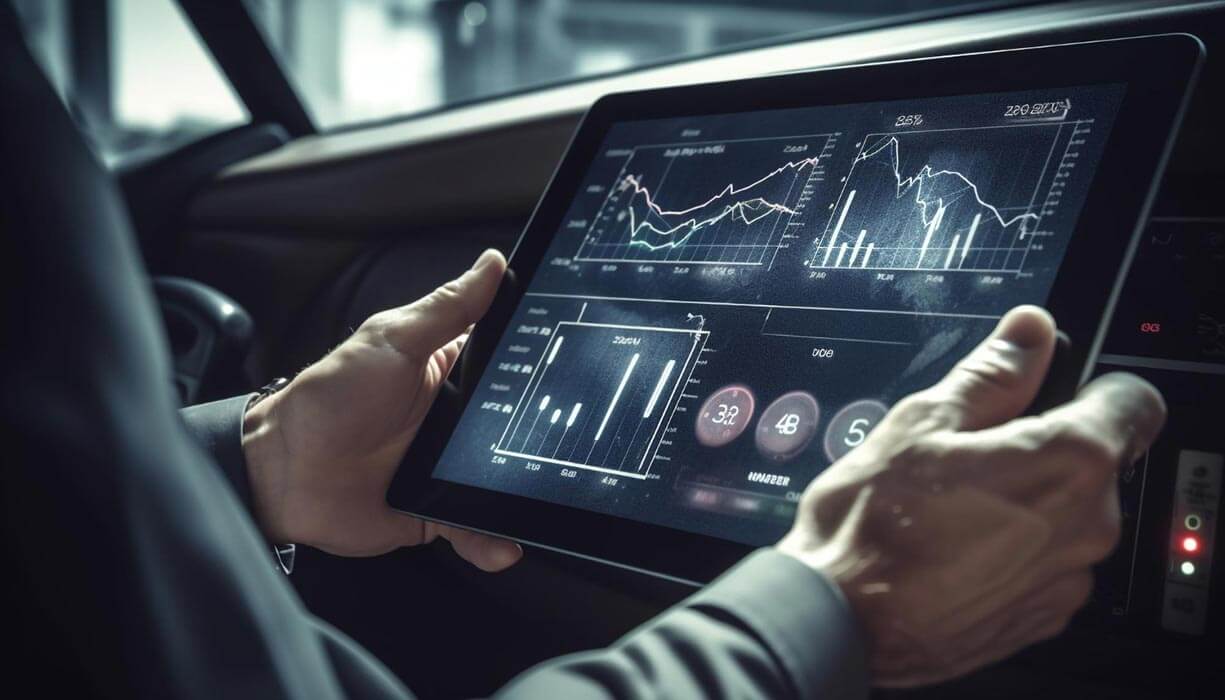
What Is Predictive Analytics And How It Is Important Today?
In today’s rapidly evolving world, the significance of predictive analytics has never been more pronounced. As businesses, industries, and organizations strive for data-driven decision-making, predictive analysis emerges as a crucial tool for staying ahead of the curve. This dynamic field harnesses the power of historical and real-time data, coupled with advanced analytics and machine learning, to foresee future trends, events, and outcomes with remarkable accuracy.
What is Predictive Analytics?
Predictive analytics is a transformative field at the intersection of data science and decision-making. It revolves around the utilization of historical and real-time data, statistical algorithms, and machine learning techniques to predict future outcomes, trends, or events. At its core, predictive analytics seeks to answer the question, “What is likely to happen next?” This powerful tool enables organizations to gain invaluable insights from their data, aiding them in making proactive decisions, mitigating risks, and capitalizing on opportunities.
From forecasting customer behavior and optimizing supply chain operations to predicting disease outbreaks and financial market trends, predictive analytics has far-reaching applications across various industries. It’s not merely about making educated guesses; it’s about leveraging data-driven models to achieve a competitive edge in an increasingly data-centric world.


Examples of Predictive Analysis
Stock Market Forecasting
Predictive analysis is used to forecast stock prices based on historical market data, news sentiment, and other factors to help investors make informed trading decisions.
Fraud Detection
Financial institutions and e-commerce companies use predictive analysis to detect fraudulent transactions by analyzing transaction patterns and identifying anomalies.
Weather Prediction
Meteorologists use predictive analysis to forecast weather conditions, including temperature, precipitation, and storm patterns, based on historical weather data and complex models.
Sports Analytics
Sports teams use predictive analysis to assess player performance, predict game outcomes, and make strategic decisions based on historical and real-time data.
Understanding Prediction Analysis
Prediction analysis is pivotal in the realm of data-driven decision-making. It encompasses a wide range of techniques and methodologies aimed at making informed forecasts or predictions about future events, trends, or outcomes. Prediction analysis doesn’t always necessitate advanced analytics; it can involve simple statistical methods, expert judgments, or trend analysis. However, it provides a valuable framework for anticipating what might occur next, aiding individuals and organizations in planning and strategizing.
It’s essential to distinguish between predictive analytics and prediction analysis. Predictive analytics is a subset of prediction analysis, specifically employing data-driven modeling techniques, often involving machine learning and statistical modeling, to make future predictions. Prediction analysis, in contrast, encompasses a broader array of methods and may not necessarily rely on sophisticated analytics. Both are valuable in their own right, but predictive analytics shines in situations where precision and data-driven insights are paramount.
Commonly Used Predictive Analysis Platforms
IBM Watson Studio
IBM Watson Studio is a cloud-based data science and machine learning platform that offers tools for data preparation, model development, and deployment. It supports Python, R, and other languages.
Databricks
Databricks is a unified analytics platform that provides support for big data processing and machine learning using Apache Spark. It is commonly used for predictive analytics on large datasets.

Python
Python is a popular programming language for data analysis and machine learning. Libraries like scikit-learn, TensorFlow, Keras, and PyTorch in python provide extensive support for building predictive models and conducting data analysis.
R
R is a programming language and software environment specifically designed for statistical computing and data analysis. It has a rich ecosystem of packages for predictive modeling, such as caret and randomForest.

Predictive Analysis Uses in Today’s Advanced World
Business Forecasting
Predictive analysis is extensively used in business for sales forecasting, demand planning, and inventory management. It helps companies optimize their supply chain, reduce excess inventory, and ensure products are available when and where they are needed.
Customer Relationship Management (CRM)
Predictive analytics is applied to customer data to predict customer behavior, preferences, and churn. This allows businesses to tailor marketing campaigns, offer personalized recommendations, and improve customer retention strategies.
Healthcare
Predictive analysis is vital in healthcare for patient risk assessment, disease prediction, and resource allocation. It helps identify patients at risk of certain diseases, optimize hospital resource allocation, and improve patient outcomes.
Marketing and Advertising
Predictive analytics is used to optimize marketing campaigns, identify target audiences, and allocate advertising budgets more effectively. It helps companies maximize the ROI on their marketing efforts.
Conclusion
Predictive analytics is the compass guiding organizations through the intricate data landscapes of the modern world. Its importance today cannot be overstated. By harnessing historical data and cutting-edge algorithms, it empowers businesses to make informed decisions, anticipate trends, and stay ahead in dynamic markets. From optimizing supply chains to improving healthcare outcomes, predictive analytics touches virtually every sector. As we continue to accumulate vast troves of data, its significance will only grow, becoming an indispensable tool for those who seek to navigate the complexities of our data-driven age. Embracing predictive analytics isn’t just a choice; it’s an imperative for staying competitive and relevant in the 21st century.
- Osama Ehsan
- 28 Sept 2023